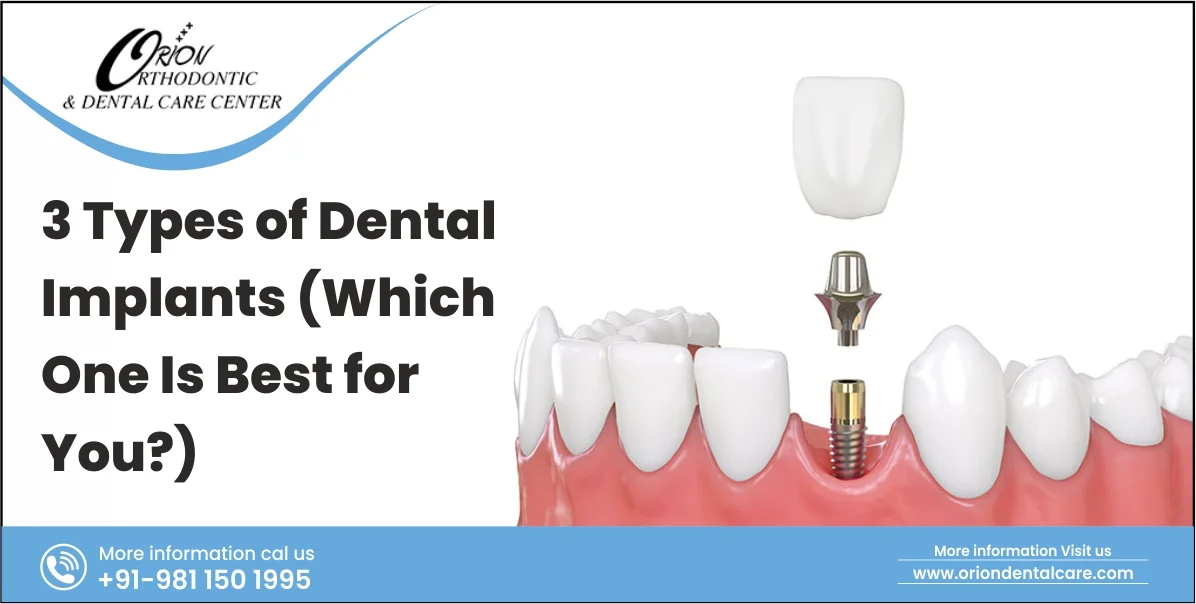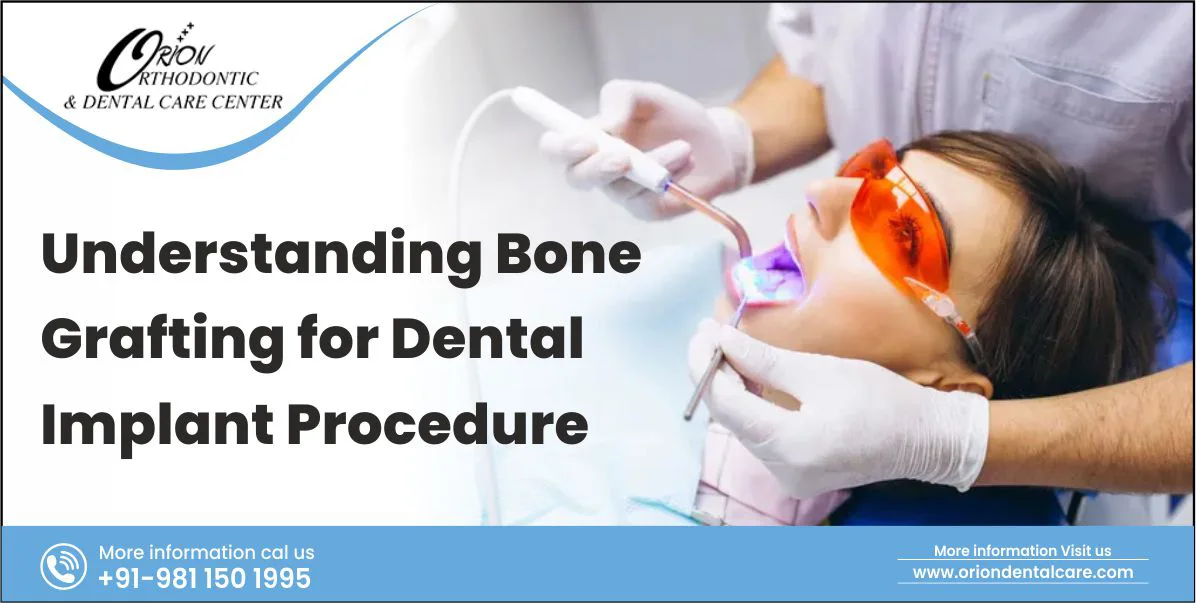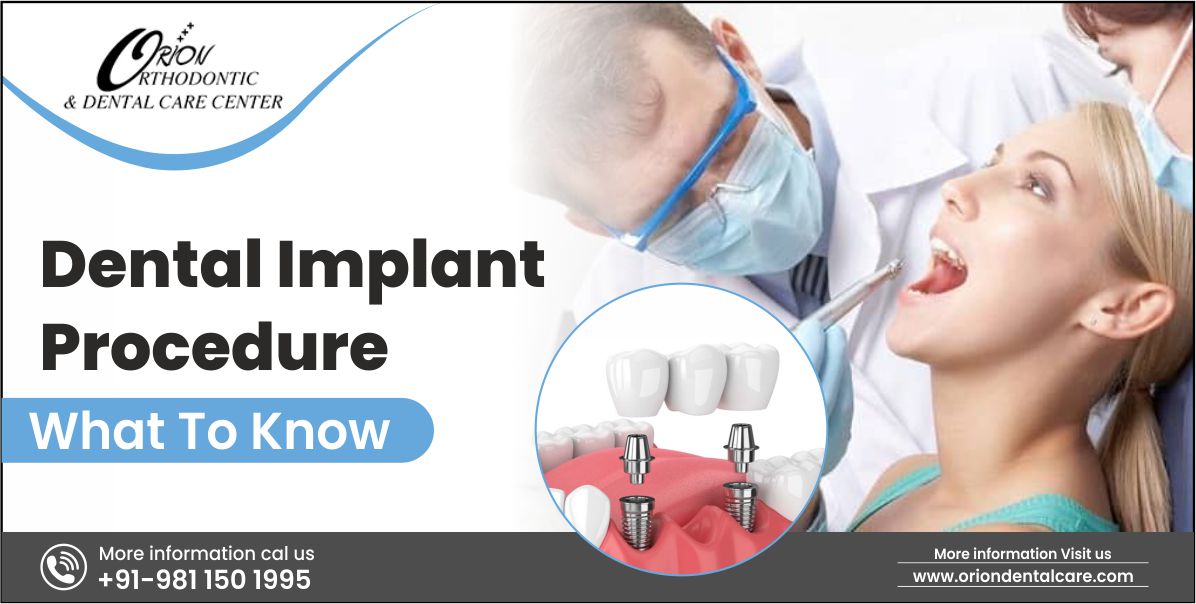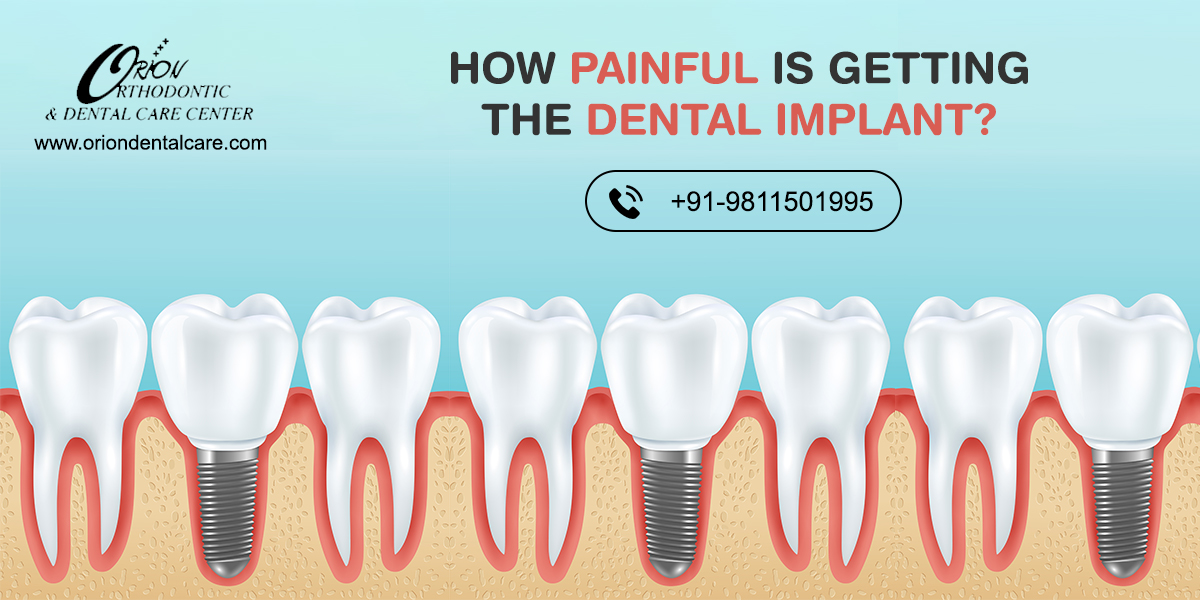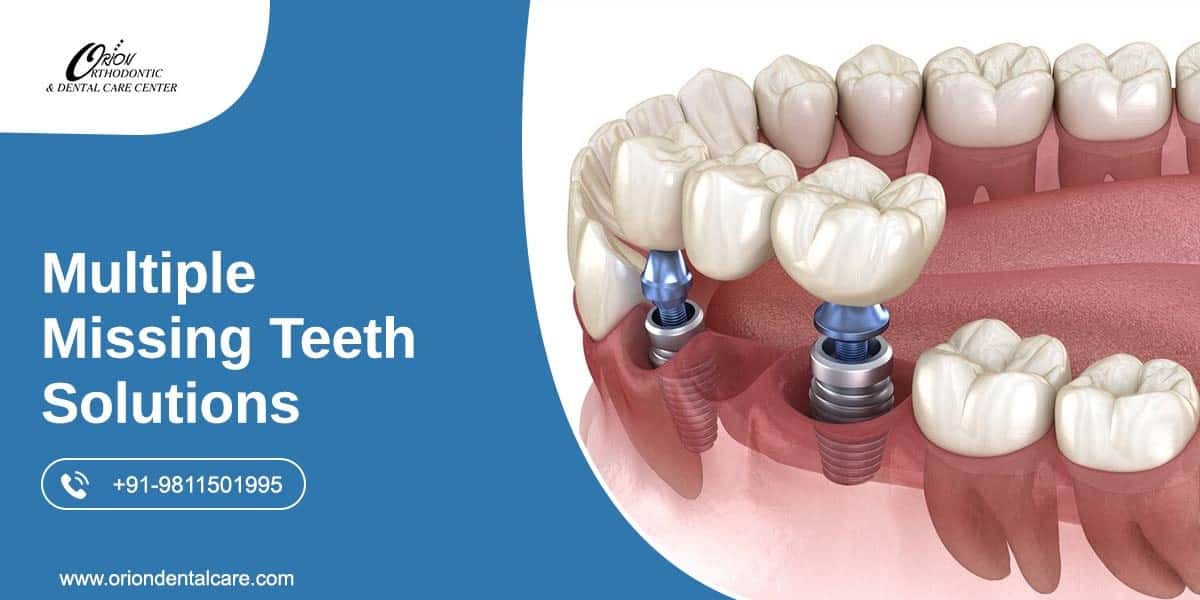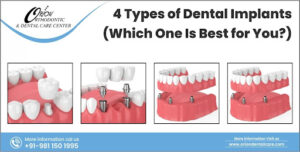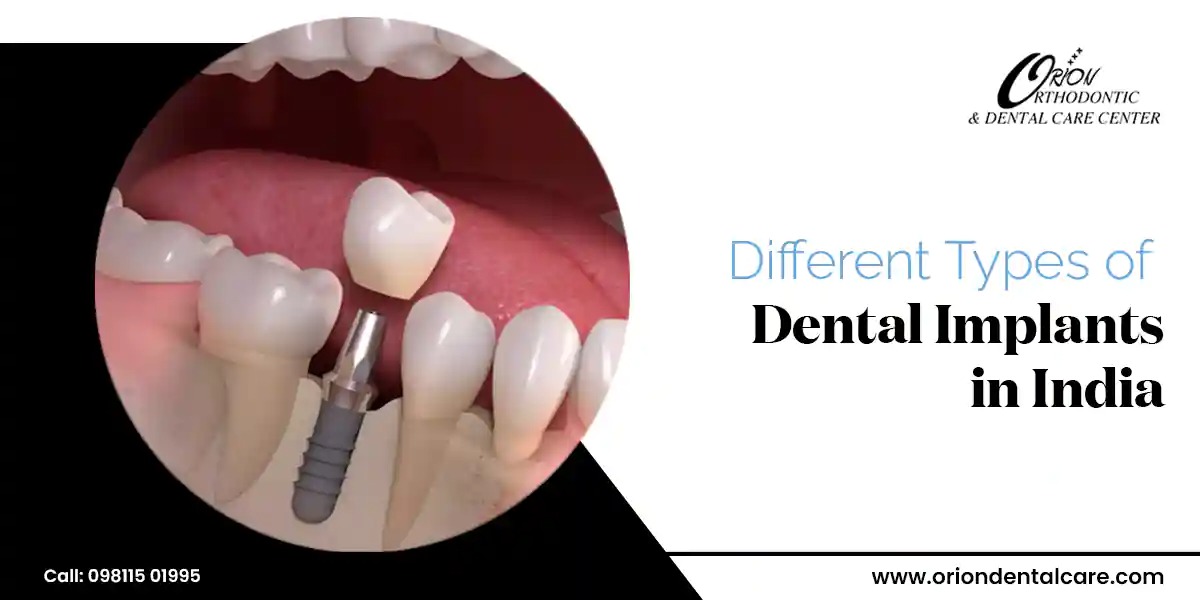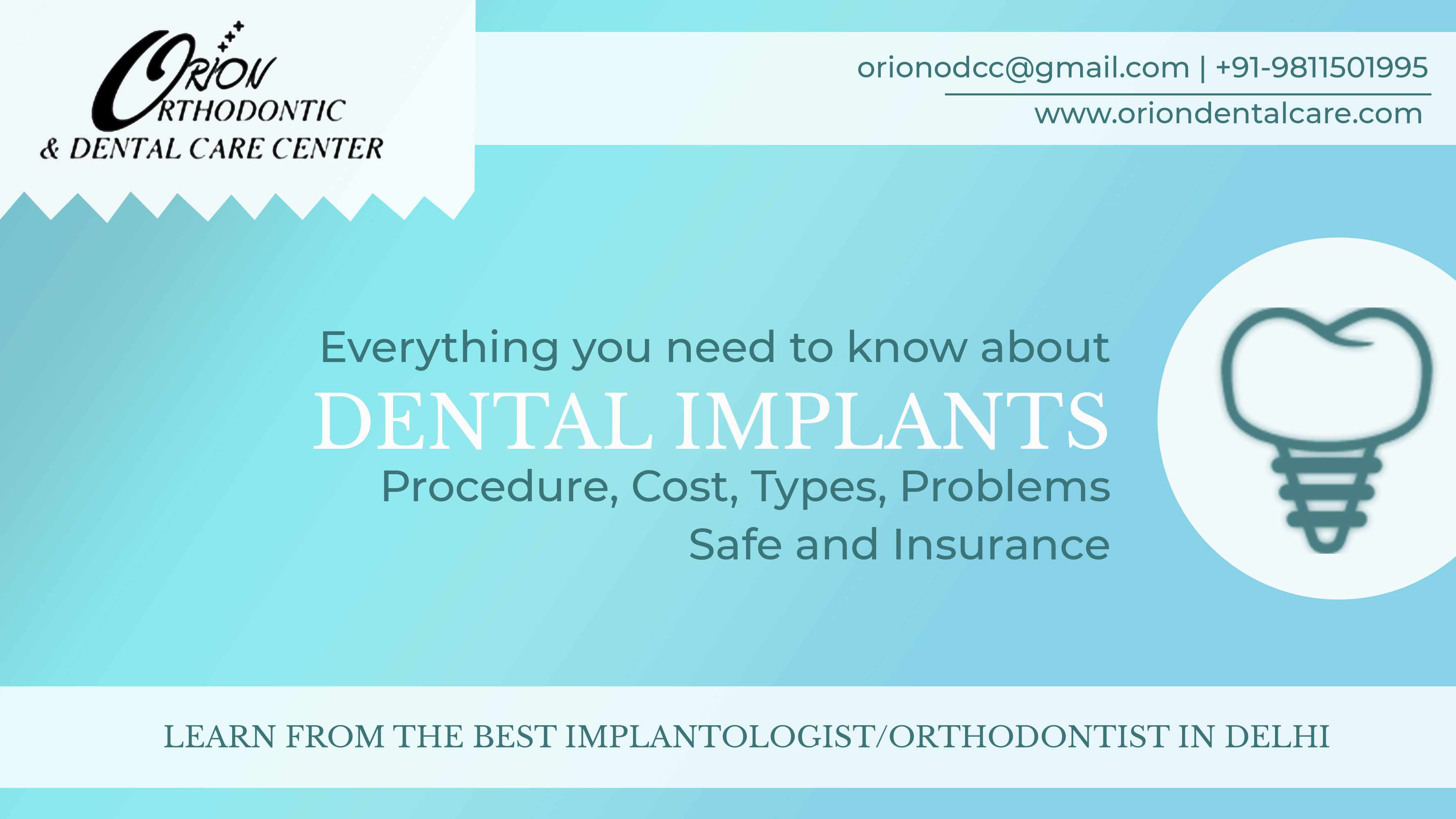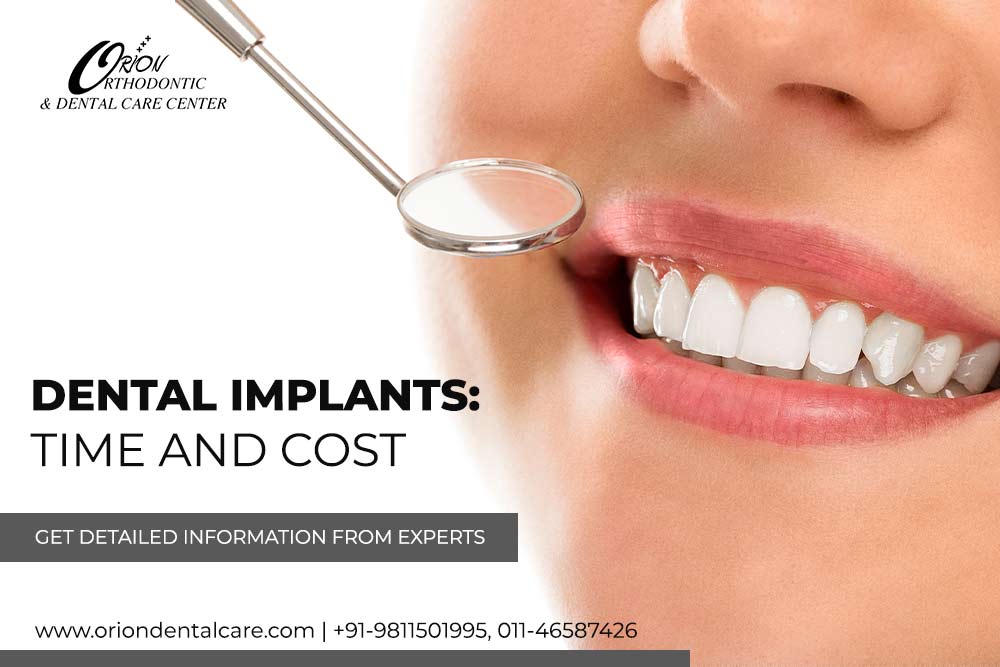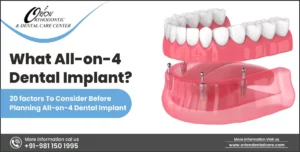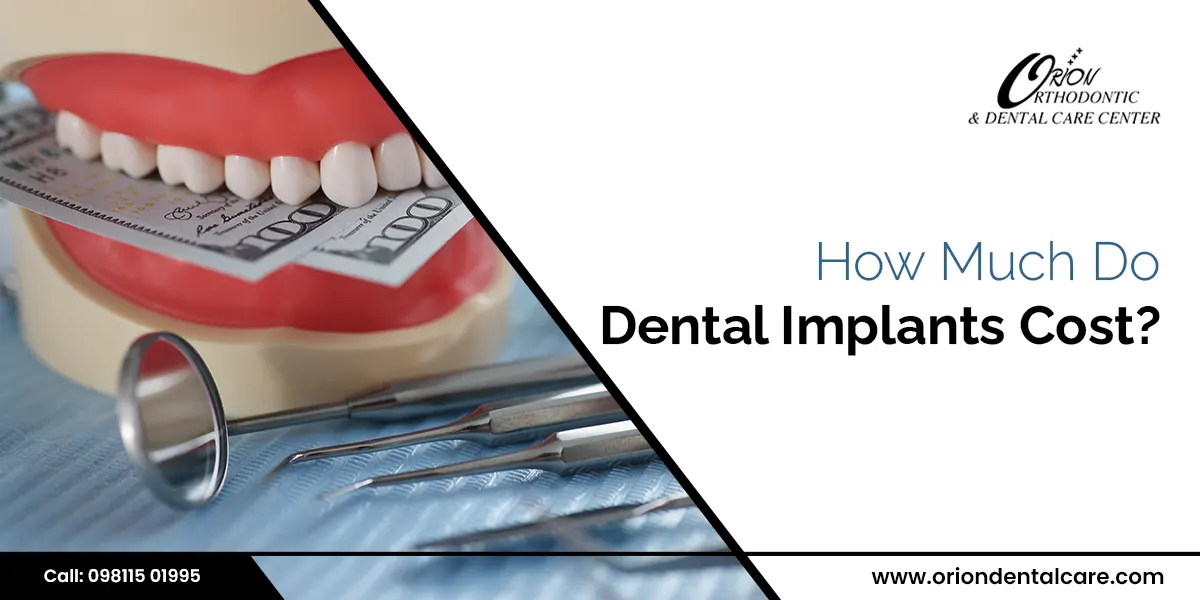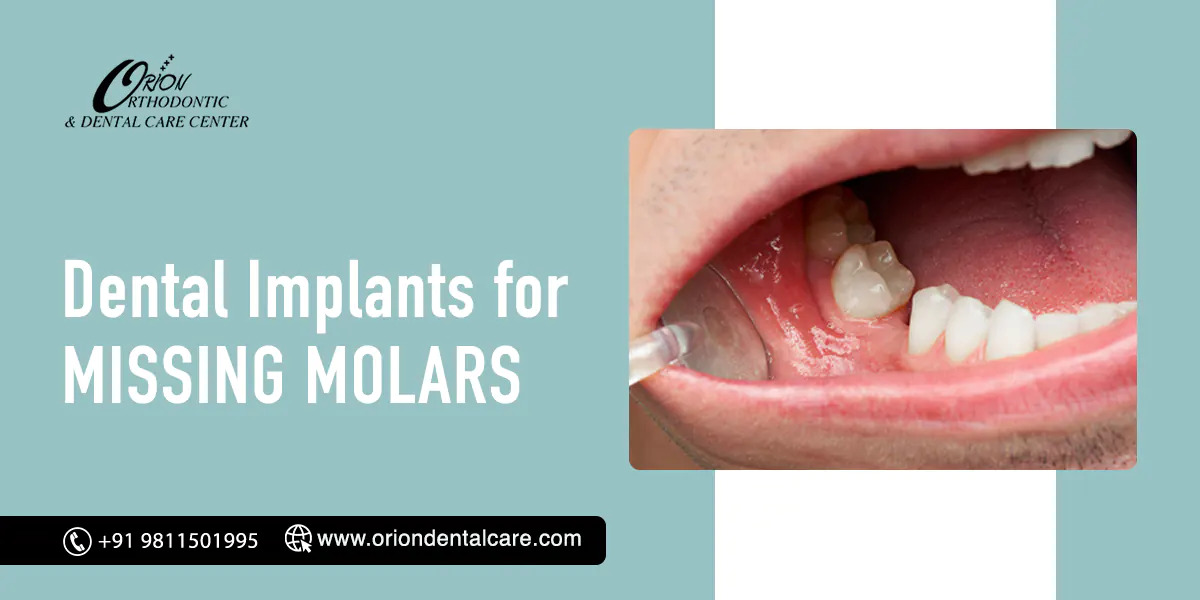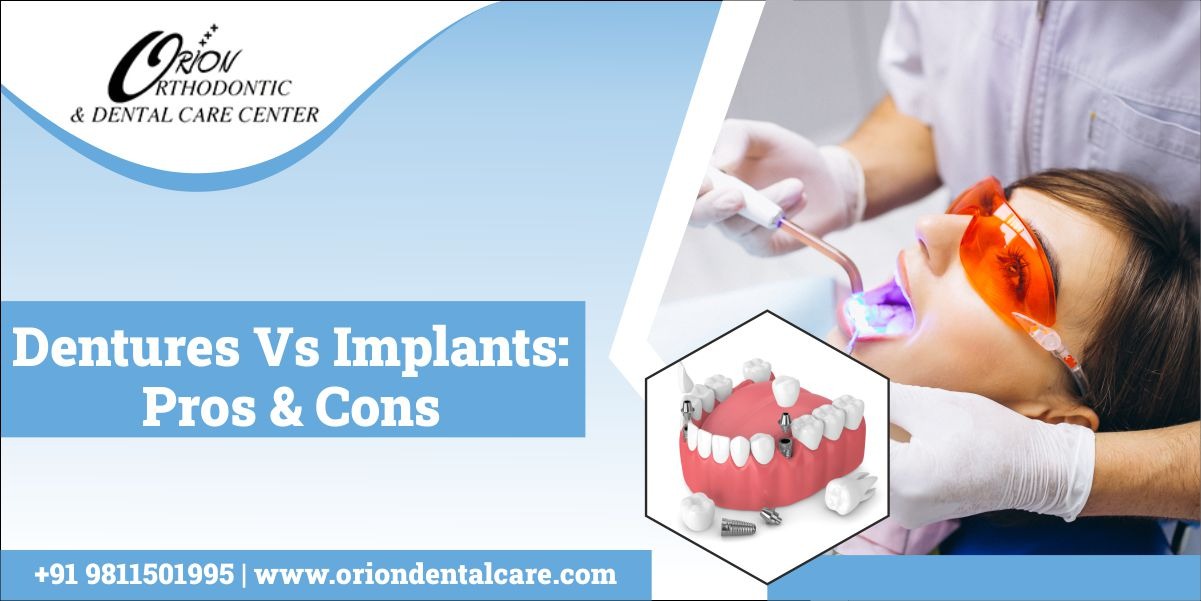One can easily win hearts with their radiant smile effortlessly, so opting for dental implants becomes essential when one loses a tooth or teeth. Despite various options for tooth replacement, everyone prefers implants because of their effectiveness. Even all dentists recommend this particular tooth replacement option that lasts longer and helps one find the perfect smile.
What is a Dental Implant?
A dental implant is the most cost-effective solution to relieve the problems due to the loss of one or more teeth. Such a dental condition needs attention sooner rather than later to prevent the rapid loss of bone. Many individuals with a single missing tooth or a few teeth experience severe issues while chewing or talking.
The pain is excruciating, and the discomfort is unbearable owing to such defects. Thus, opting for dental implants is the most informed decision. Apart from the body, the abutment is another crucial part of a dental implant. Dental professionals bury the body right into the jawbone so as to replace the root of the missing tooth.
The abutment screw is instrumental in holding both the main parts in a secure manner. Dentists place an artificial tooth over the abutment as it stays above the gums to replace the missing tooth. A single crown can also be used for covering the abutment. The usage of secure dentures or a bridge helps replace multiple lost or missing teeth.
Different Types of Dental Implants
Dental implants can help you regain an artificial tooth that looks natural and is equally strong. The three prominent types of dental implants include subperiosteal, endosteal, and zygomatic. It is better to seek a dental professional’s advice when choosing one of the types to treat the tooth loss problem in your case.
- Subperiosteal Implants: Dentists place subperiosteal implants on or right above a patient’s jawbone. They put the post made of titanium under the gum to ensure it sticks through the gum and remains in one place. Many individuals with a missing tooth or multiple teeth who can’t put on regular dentures choose a subperiosteal implant.
- Endosteal Implants: One of the most typical dental implant types is the endosteal implant. It appears similar to a small screw that dentists put in the jawbone of a patient. The implanted screw-like element firmly holds one or more prosthetic teeth, replacing the missing tooth or teeth. Your dentist will surely recommend this implant type for teeth replacement if you have bridges or dentures.
- Zygomatic Implants: Only a very few individuals get zygomatic implants. Individuals with a missing tooth or multiple teeth who do not have sufficient jawbone opt for this type of dental implant instead of an endosteal implant. Dentists consider it a complex dental implant procedure as they have to place the implant in the cheekbone of a patient instead of the jawbone.
Replacing a Single Tooth: Use a Single Dental Implant
The sole objective of getting a single dental implant is to replace a lost or missing tooth. This implant process requires a post and a crown. A dentist puts in a replacement prosthetic tooth while conducting a single-tooth implant.
What’s the dental implant process?
A dental professional devises a custom dental treatment plan after meeting an individual and determining that they are a suitable candidate for one of the dental implant types.
Dentists employ surgical treatment methods to place the post correctly and securely within the jawbone of the candidate. You won’t experience severe pain when you undergo this dental treatment at a leading clinic.
It usually takes three to four months for the implanted post to merge well with the jawbone after the completion of the dental implant procedure. The crown remains attached to the post because of the abutment. The artificial tooth will appear the same as the existing natural teeth.
Replacing Several teeth: Use an Implant-supported Bridge
An implant-supported bridge is the most feasible option for those individuals with more than one lost tooth. The missing teeth were located adjacent to one another. Dentists replace them with custom-made teeth.
What is a Dental Bridge?
A dental bridge has a couple of crowns and a prosthetic tooth. The crowns are on both sides of the gap created by the missing tooth. These crowns hold the artificial tooth in between two natural teeth. Unlike a single dental implant, the implant-supported bridge consists of crowns connecting to dental implants.
The artificial tooth covers the gap and replaces the missing one but stays connected to dental implants. Dentists recommend a dental bridge for multiple adjacent missing teeth replacement in a row.
Replacing all Your Teeth: Use an Implant-retained Denture
Many elderly get an implant-retained denture when they lose most or all of their natural teeth. The full-mouth implant is the most preferred option to replace lost teeth and retain a beautiful smile.
What is an Implant-retained Denture?
You can regard prosthetic teeth’ lower or upper arch as an implant-retained denture. It remains on the gum line and appears to be an entire set of teeth.
How does it work?
An easy-to-remove denture often slips and falls, giving trouble to users while they talk or eat. Securing a custom-designed denture permanently with dental implants is the most hassle-free solution. Expert dentists place dental implants right along the upper or lower arch. They affix the custom denture to each dental implant once it heals.
The best step you can take if you want to replace your missing tooth or teeth is to visit Orion Dental Care. Highly qualified and well-versed dental professionals can help you choose a dental implant type that perfectly complements your facial aesthetics. The best tooth or multiple teeth replacement solution can help you regain your heart-warming smile and self-esteem.

